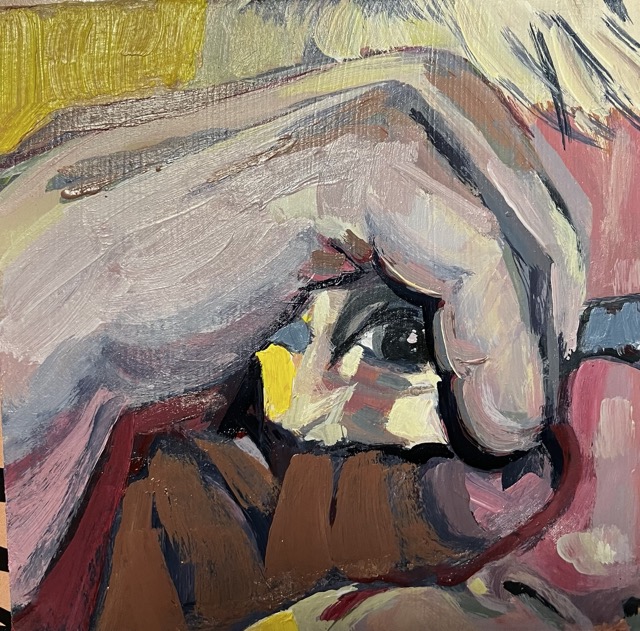We recently connected with Maria Falbo and have shared our conversation below.
Maria, thanks for joining us, excited to have you contributing your stories and insights. It’s always helpful to hear about times when someone’s had to take a risk – how did they think through the decision, why did they take the risk, and what ended up happening. We’d love to hear about a risk you’ve taken.
A fundamental, maybe the fundamental, ingredient of creativity is risktaking. I’m not talking about doing anything existentially threatening, but to be creative, I advocate becoming comfortable with calculated risk-not only in the creation of your artwork, but in the business of art as well.
For example, over 20 years ago, I left a well paying career as a physics professor/teacher and researcher, to apply to a masters of architecture program for students who’d already had degrees in something else. I saw architecture as a profession that would support the combination of art and science in a significant way.
For the application, I put together a portfolio of work that included 2-D visual art, mainly drawings from life, done in local art clubs and continuing-ed classes, schematics from things I’d built, like a 6 inch Newtonian reflector telescope on a Dobsonian mount, and photos of ceramics I’d made in continuing ed classes at the university where I taught physics. My work as a scientist never prevented me from studying art as a past time, but I wanted it to be more than a past time.
Even though I didn’t finish the architecture degree, that one year was one of the best because of the kind of work I did for my classes and the group of people who were interested in the same thing. While my savings took a big hit (I’m not going to romanticize that and had planned for it), my artistic, intangible wealth, went off the charts in that year. While the risk didn’t lead to the outcome I’d hoped, it was absolutely worth it because of the artistic growth I experienced.
I am still trying to figure out how to make a living making the art I want to make. Paring down expenses and living modestly helps. I work full-time as an artist, mainly painting between 1-6 hours each day, using the rest of the time to work on the business of art, and have a 15-20 hour a week part-time job to pay bills. But, here’s the great thing, that part-time job is painting commissions. I used to work retail part-time, but as I take on more commissions, I’m finding I can replace that part-time retail income with painting.
I’m having some success making paintings of the historical, residential and commercial architecture where I live for people who want a painting of their home or a particular building, but I’ve also painted wildlife, pets, and portraits. I use a commission contract, communicate clearly and extensively with the patron, and don’t bite off more than I can chew. Depending on the complexity of the painting, I take on one to two, small in size commissions a month. That still leaves time for me to work on my ideas and the business side of being an artist.
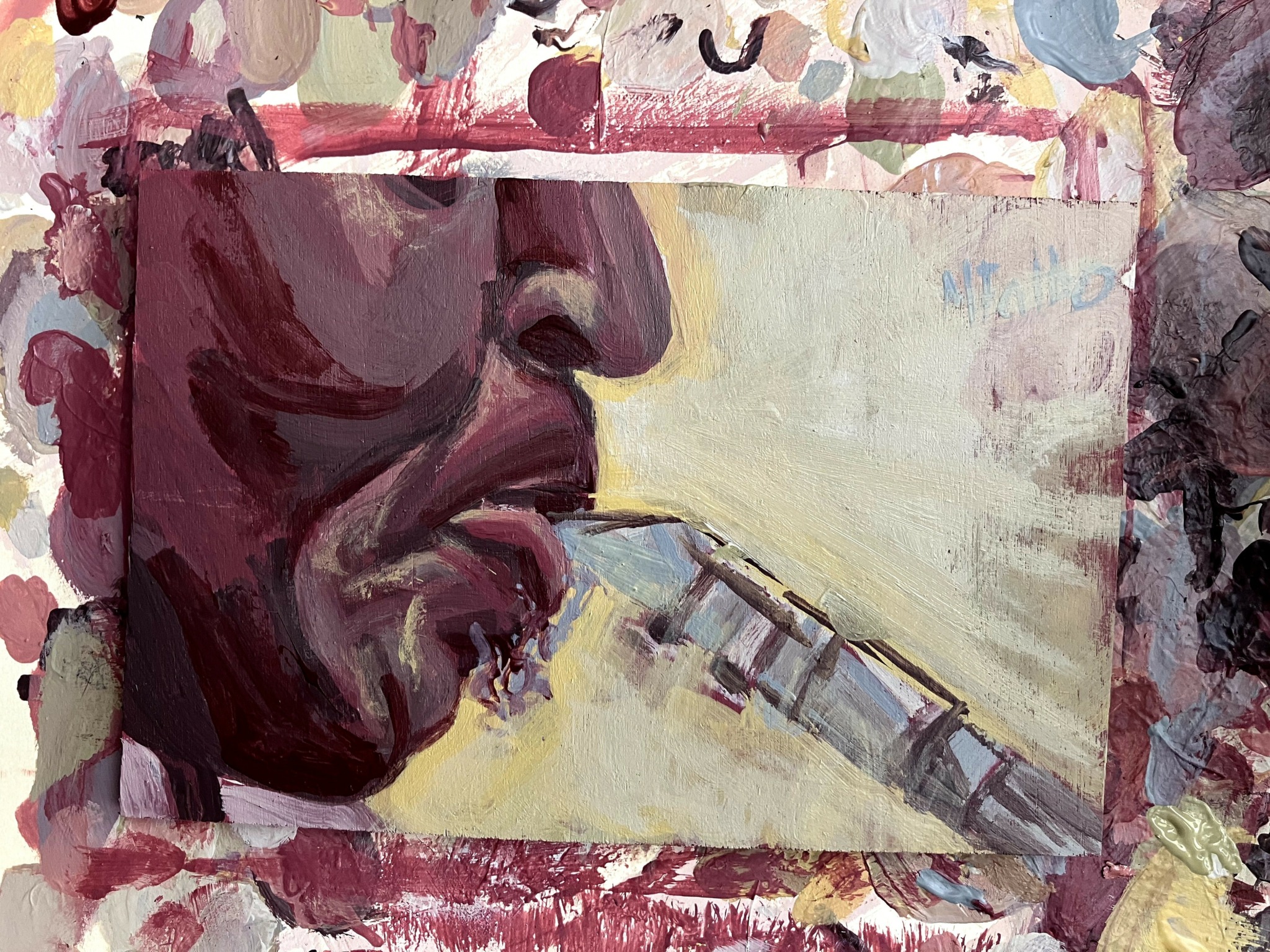

Great, appreciate you sharing that with us. Before we ask you to share more of your insights, can you take a moment to introduce yourself and how you got to where you are today to our readers.
It seems that many people “get into” art during childhood and I’m no different. The very first art competition in which I won an award (2nd place!), was in the first grade for a bookmark design to raise awareness of the bookmobile that traveled to rural areas where there was no library. My bookmark showed people going onto the bookmobile and coming off the bookmobile with books in hand. Reading and making art of some kind, have always been a big part of my life and feed one another. A lot of my work is inspired by poetry and fiction. Even so, I got the message that art could never be a career and I ended up with degrees in physics, which led to working as a physics professor and research scientist for a long time. However, I never stopped making art. Fast forward, after tenure and the academic life, through a brief, but powerful year in architecture school, and a variety of jobs, I landed in the Mountain West with the space and time to pursue art professionally. And that’s exactly what I’m doing. My process and practice continue to evolve. In 2022 I started a daily painting practice encouraged by the daily painting movement. I may not finish a painting each day, but more days than not, I paint or draw something. In 2023 I applied to the Montana Artrepreneur Program, created and conducted by the Montana Arts Council with support from the National Endowment for the Arts. Happily, I was accepted into the 2024 cohort, certified in July of 2025, and continue to build my business, drawing, and acrylic painting skills as a full-time, professional artist.
My website gives details about where I’m currently showing and selling my work and how to contact me if you’d like to work on a commission together. You’ll also find a “mini blog” with studio updates that give some insight into why and how I paint what I paint.
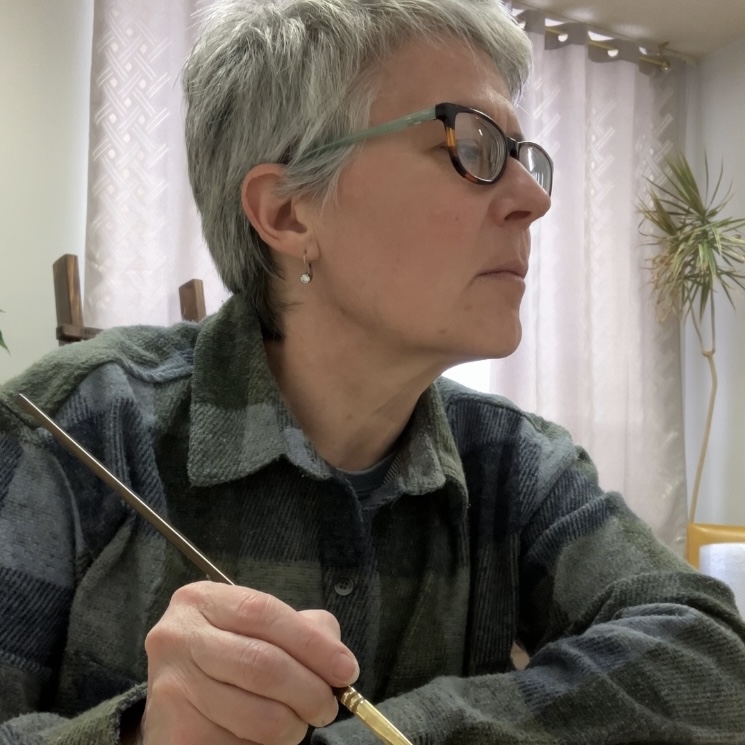
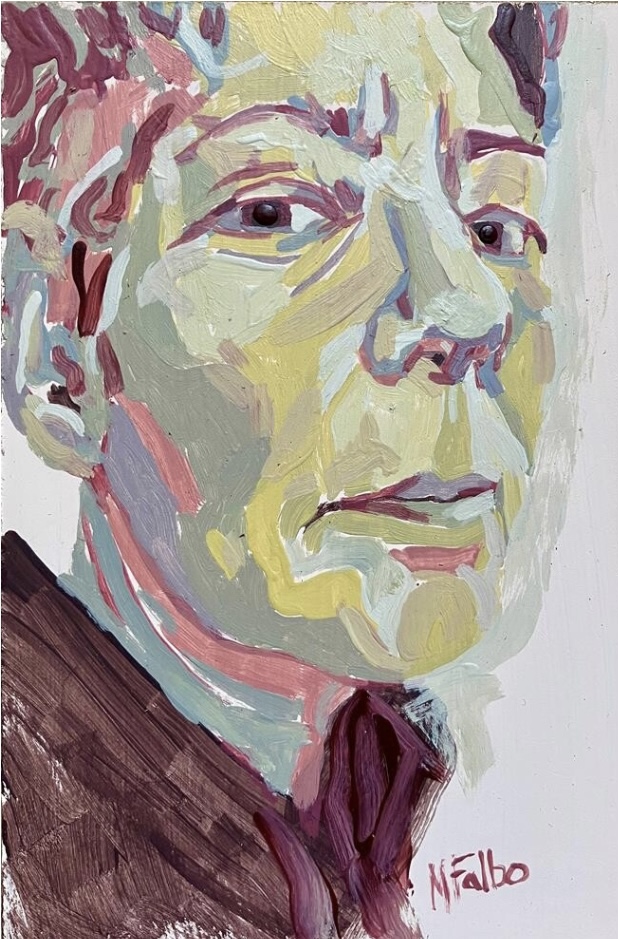
Looking back, are there any resources you wish you knew about earlier in your creative journey?
I have a long list of resources, but these are my top four:
1. An art group that meets regularly for feedback on artwork and to discuss all the aspects of the business of being an artist. If you can’t find one, start one.
2. The National Association for Independent Artists. They have a podcast and a website https://www.naiaartists.org/ with so much information about art fairs and shows- what it takes to set up a functional and attractive booth, and the costs associated with it.
3. Your local or state arts council for any professional development resources.
4. Your local small business incubator for help with a business plan, a marketing plan and navigating financial, legal, etc. aspects of an independent artist’s business.

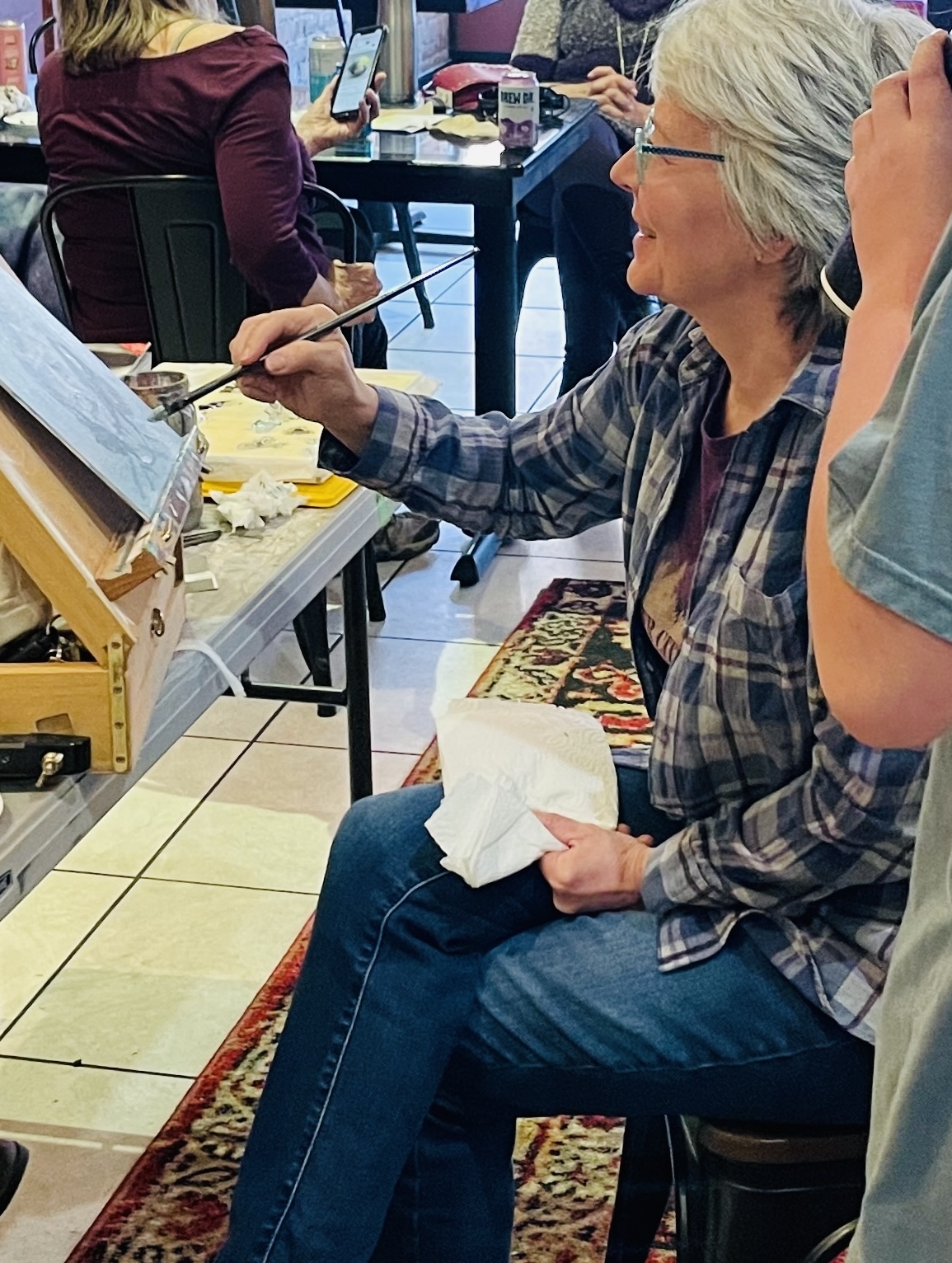
How can we best help foster a strong, supportive environment for artists and creatives?
Put the arts into schools as a compulsory part of the curriculum at every grade level.
The arts are all too often treated as something that is extracurricular. If the world wants to continue supporting artists, it needs to educate people (aka develop the market) who understand, appreciate, and make art. Art is for everyone, not just those who make it through specialist art/music/acting school.
Education in the arts can foster widespread awareness/understanding of what it takes to make a work of art so that the arts might be appreciated by everyone. It will be a great day when the arts are valued professionally, with income as proof, as much as medicine, engineering, or law. It is a Herculean task to become sustainable as an artist.
In my teaching days, I tried to introduce some art in the teaching of physics. Some examples include using Richard Serra’s and Alexander Calder’s work for the application of Newton’s laws and mechanics, James Turrell’s work in discussions on optics, talking about perspective and measurement in astronomy. So many ideas in the arts are applicable to wave physics, like different kinds of musical scales and tunings for instruments.
More collaboration in the teaching of different disciplines could be productive. I wrote an article about my experience with this teaching approach in the physics classroom. Maria Falbo; Physics Phridays. Phys. Teach. 1 December 2007; 45 (9): 574–576.
Contact Info:
- Website: https://mkfalboportraits.com/
- Other: Email: [email protected]
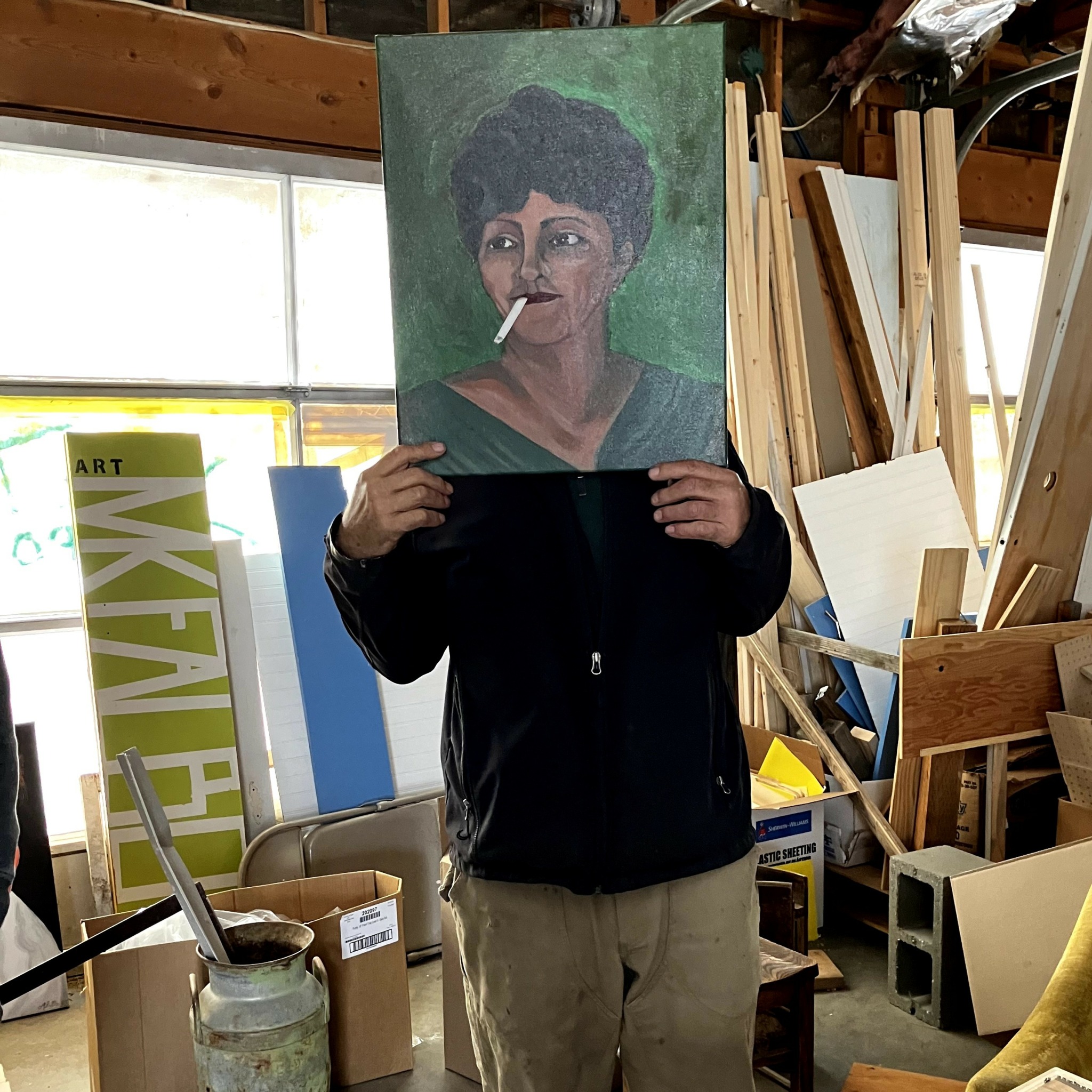
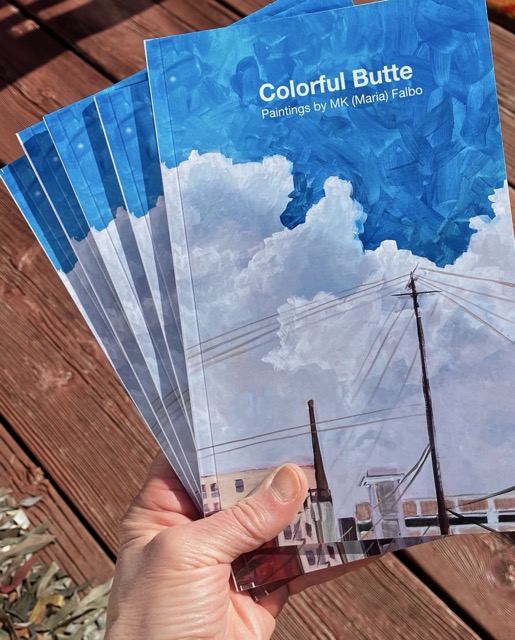
Image Credits
Maria Falbo
Friends of Maria Falbo


